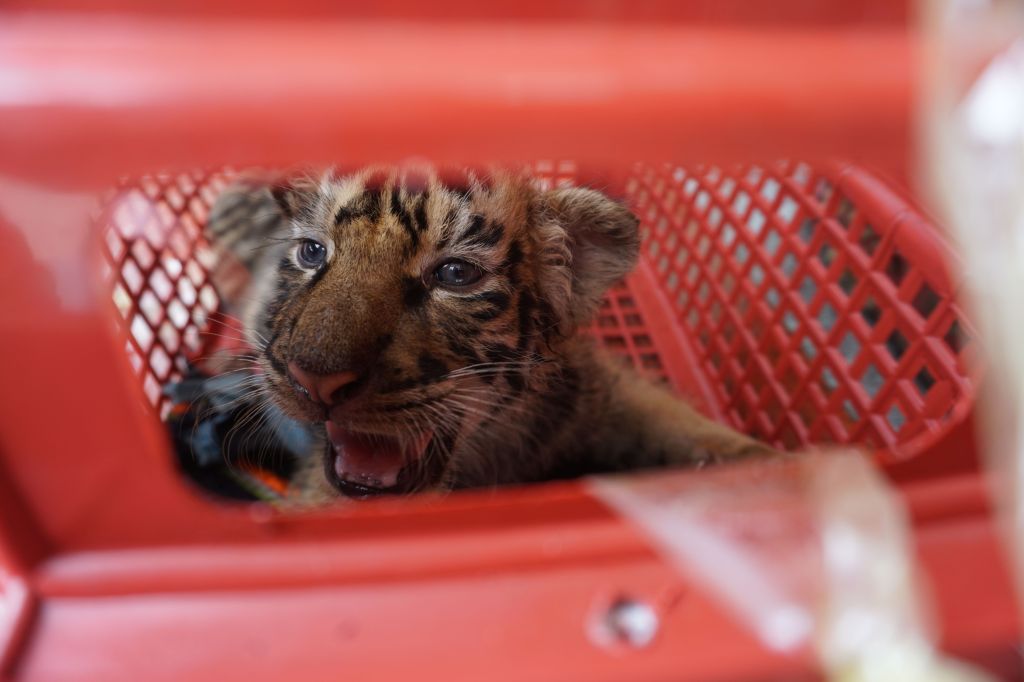The plight of tigers, elephants, and rhinoceroses have all received a lot of attention in the press in recent years, as all have become increasingly threatened by the world wildlife trade. But the trade, which is worth something around $20 billion a year, involves far more species than just that trio. Strange birds, rare reptiles, exotic fish, and everything in between are all illegally harvested and traded worldwide. In fact, the most commonly trafficked mammal isn’t a tiger or rhino, but the pangolin, as discussed in a great, deep article by Jeremy Hance at Monga Bay:
“Since 2000, a minimum of tens of thousands of animals have been traded in each year internationally, from countries ranging from Pakistan to Indonesia in Asia and from Zimbabwe to Guinea in Africa,” says Dan Challender. International trade in pangolins has been banned by CITES since 2000; in addition pangolins are listed as a ‘protected species’ in every Asian home state, except Brunei. Still the trade—wholly condemned by the law both internationally and nationally—has only increased.
Videos by VICE
In 2010, TRAFFIC released a report that estimated that one criminal syndicate in the Malaysian state of Sabah was responsible for taking 22,000 pangolins over 18 months. Meanwhile in 2011 it was estimated that 40,000-60,000 pangolins were stolen from the wild in Vietnam alone. But total estimates are largely guesses based on seizures of pangolins by law enforcement, which may only represent 10 percent of the total trade.
“As the trade is illegal, making any accurate estimates of the size of the trade is impossible,” says Shepherd. “It can be said, however, that the trade is great enough that these once widespread and common species have now been all but wiped out completely in many parts of their former range.”
Take the time to go read the piece, especially considering it’s the second annual World Pangolin Day this Saturday. Pangolins are absolutely fascinating creatures: scaled insectivores that are distantly related to carnivores despite lacking teeth. They’re the only mammals known on Earth with scales, and are distinct enough from a phylogenetic standpoint that they make up their own order, Pholidota.
Pangolins are hunted both for traditional medicine and meat, which has led the IUCN to consider all eight species to be in decline, including the endangered Sunda and Chinese pangolins. Their scales are used in traditional Chinese medicine to promote blood flow (especially with regards to menstruation and lactation), reducing swelling, and as an arthritis treatment.
Like rhino horn (and fingernails), pangolin scales are made of keratin, which has never been shown to have any medicinal effects at all. Additionally, eating pangolin is considered by some to be healthy and, because it’s illegal, a kind of counterculture thing, which is just plain dumb. The end result is that some amazing, and woefully understudied, creatures are disappearing before we can even understand them.



